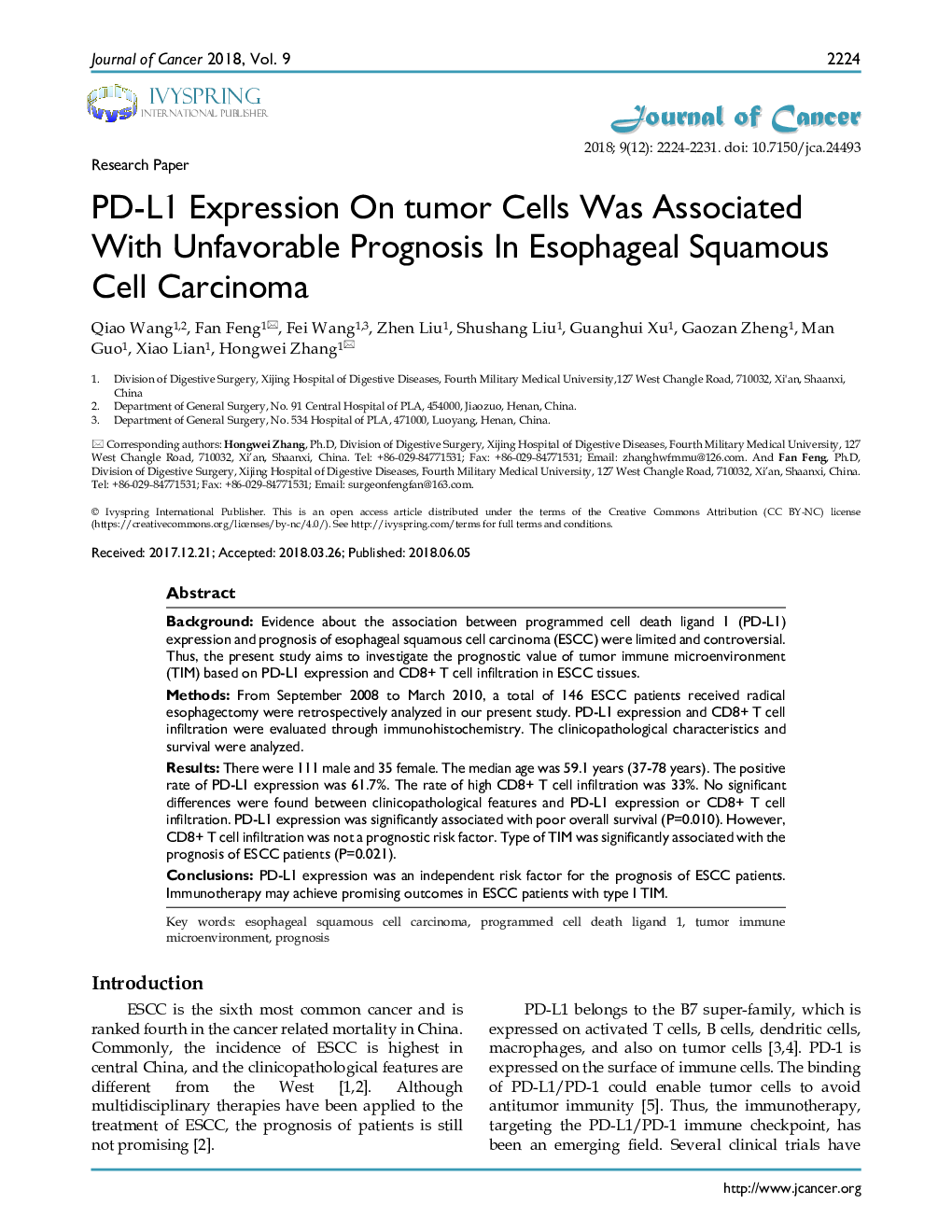| Article ID | Journal | Published Year | Pages | File Type |
|---|---|---|---|---|
| 6856254 | Information Sciences | 2018 | 8 Pages |
Abstract
Many interactive image segmentation methods design energy functions based on the local relationship of neighboring pixels, which is insufficient at capturing the abundant information of an image, and these methods are susceptible to many problems, such as sensitivity to seeds and under-segmentation of boundaries. To solve these problems, this paper explores utilizing the global relationship for interactive image segmentation. To effectively obtain the global information of the image, we first propose a robust affinity diffusion (RAD) method to propagate the local affinity graph. Compared with the existing diffusion-based approaches, the advantage of RAD is that it can converge to an effective limit value, which makes the diffusion process more computationally efficient and easier to control. The segmentation model is then constructed based on this convergent global graph. To efficiently utilize the global information, the energy function is designed by the multiplication of the global affinity matrix and a prior probability vector. The use of global information can significantly improve the segmentation performance. Experiments on challenging data sets demonstrate that RAD can obtain better results than state-of-the-art methods.
Related Topics
Physical Sciences and Engineering
Computer Science
Artificial Intelligence
Authors
Tao Wang, Jian Yang, Quansen Sun, Zexuan Ji, Peng Fu, Qi Ge,
